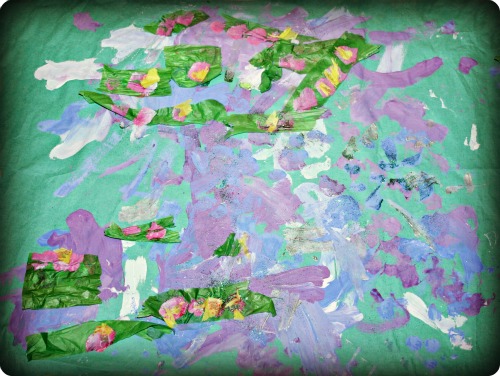
Every year since The Boy was born, we buy him his own special Christmas decoration (to help build up a collection for first adult Christmas tree) and write the year on the bottom of it. I always aim to buy traditional style decorations that have a story to them and he's fascinated by them. This year he's old enough to start making his own decorations and I can't wait to see our Christmas tree filled with his home-made decorations in the future.
You'll need:
- green felt
- red felt
- green or red ribbon
- green, white and red buttons
- felt holly leaves and berries (I bought these from Baker Ross)
- PVA glue
- scissors
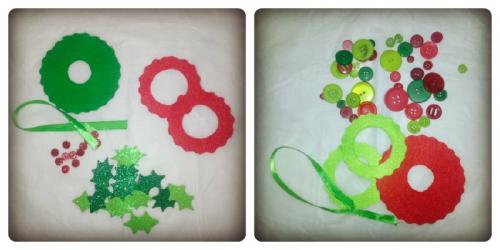
- Draw two large circles (one red and one green) and then draw a small inner circle in the middle (I used a large coffee mug rim to draw around).
- Cut two smaller circles out of the green felt, and two from the red. These will also need an inner circle, but this must be bigger than the inner circle on the large red or green circle.
Holly wreath decoration:
- Cut a 20cm length of ribbon and feed it through the middle of the large green circle, glue it into place and tie the end.
- Glue the red circles into place over the ribbon on each side of the large green circle.
- Stick holly leaves and berries over the top of the red small circles on both sides and leave to dry.
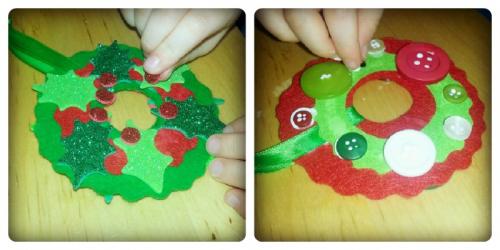
Button wreath decoration:
- Cut a 20cm length of ribbon and feed it through the middle of the large red circle, glue it into place and tie the end.
- Glue the green circles into place over the ribbon on each side of the large red circle.
- Glue a selection of red, green and white buttons over the small green circles on both sides.

–
'Counting Down To Christmas' is a craft bloggers link-up held each week in the eight weeks preceeding the big day itself. Each week we will be posting a different Christmas craft activity.
Rainy Day Mum ~ Mummy Mummy Mum! ~ Life at the Zoo ~ The Fairy and The Frog~ Jennifer’s Little World ~ Making Boys Men ~ Mama Pea Pod

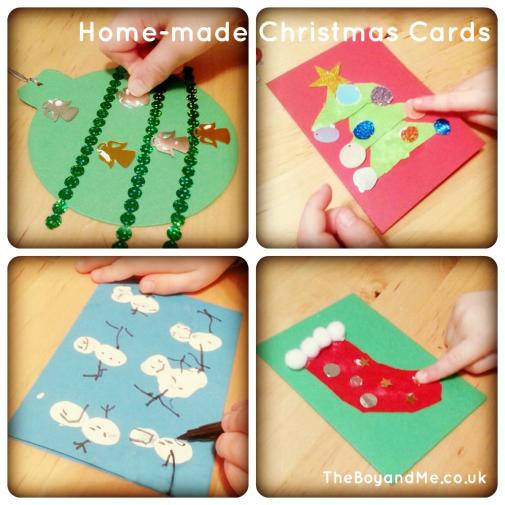
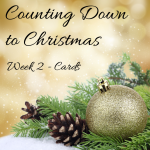


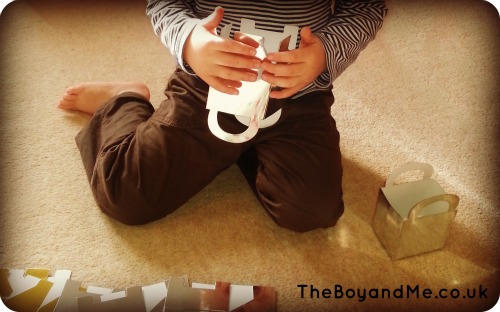
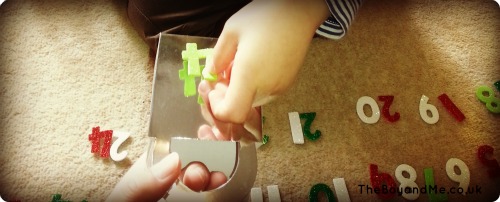


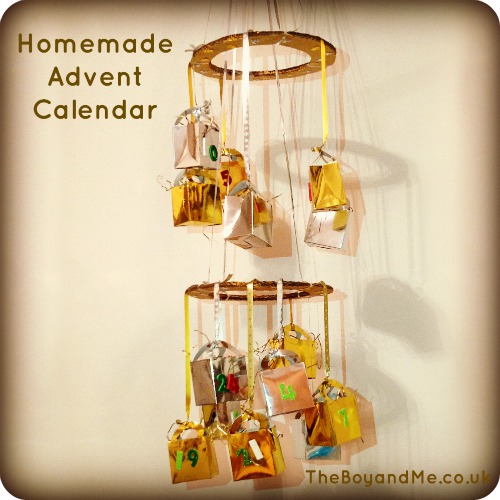
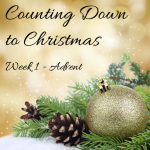
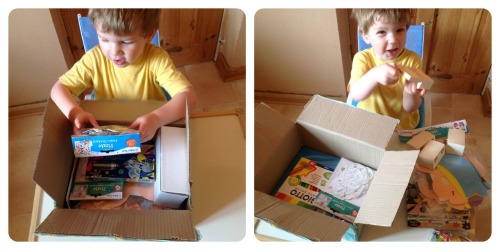
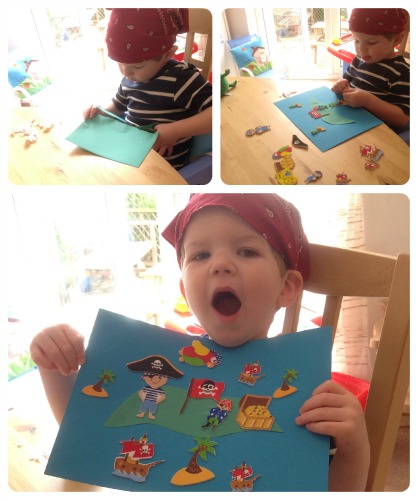
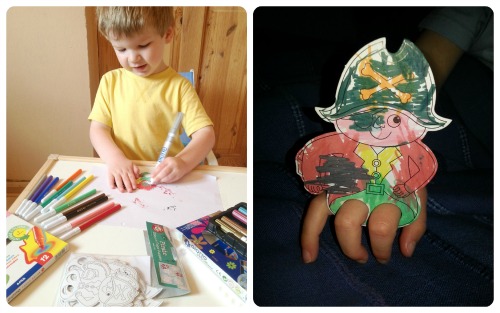
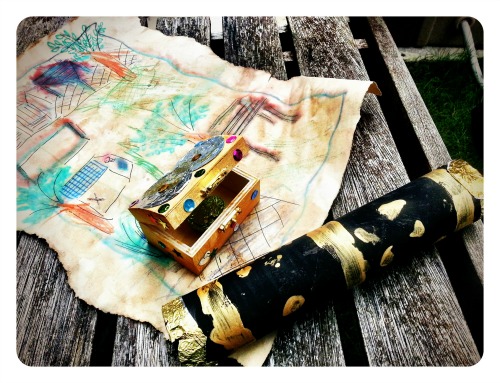
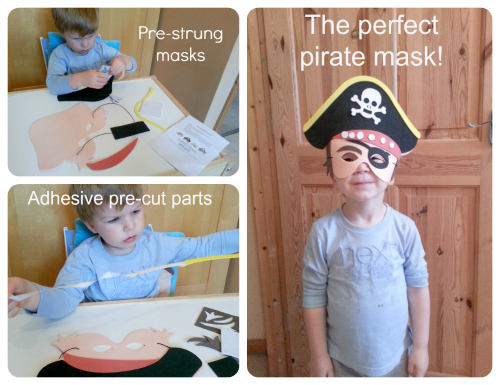

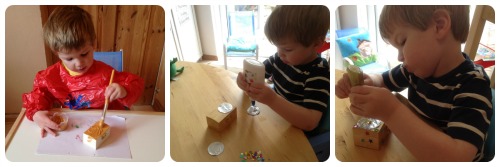
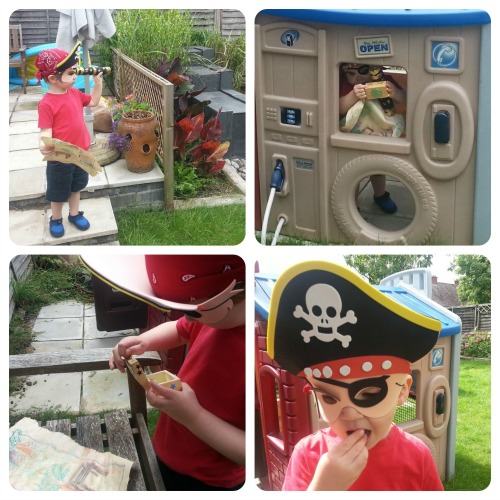


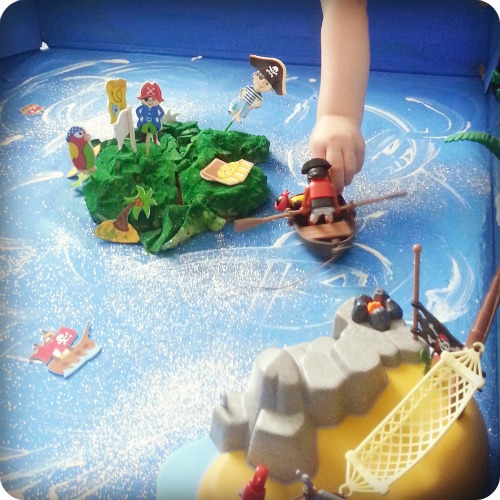
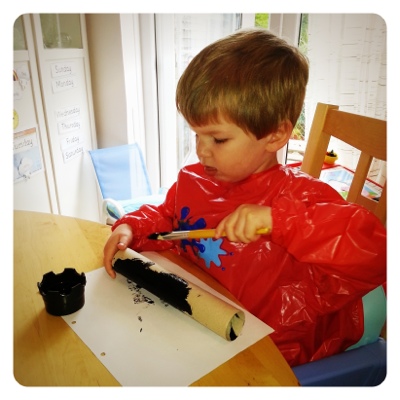
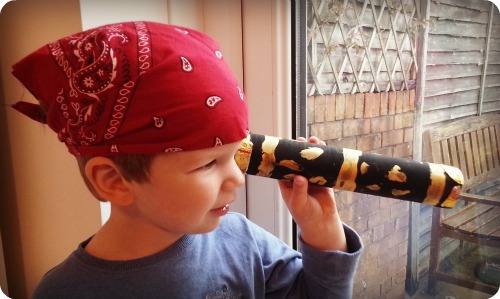
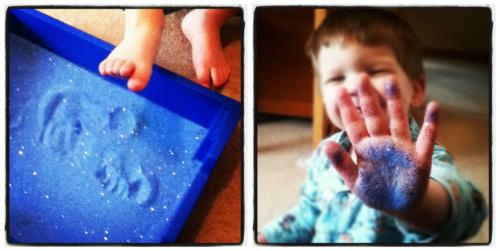
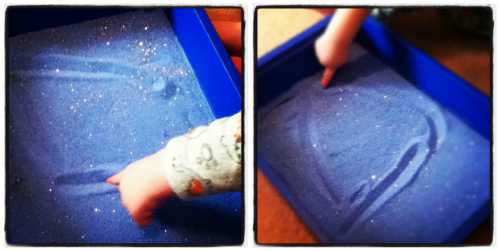
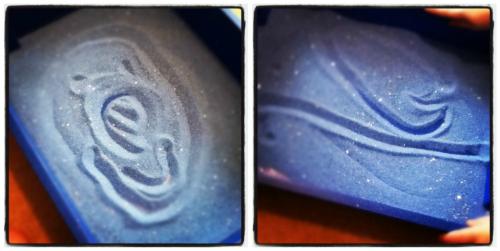


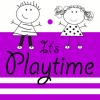
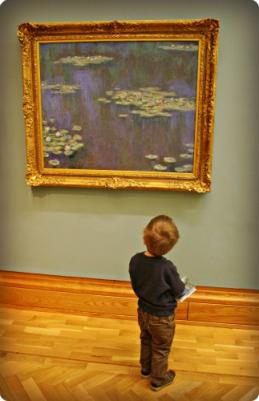
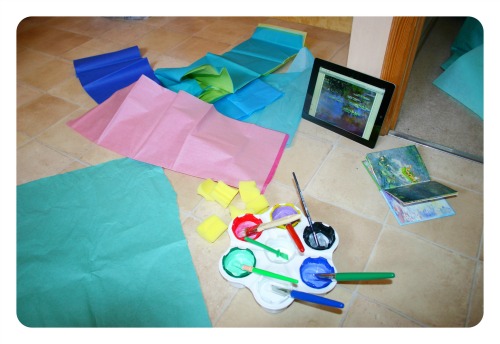 As a class teacher, art lessons consist of me pointing to the art cupboard and the different paper types on the shelf and allowing the children to select for themselves. The Boy is two so I'd provided him with a selection of paint colours, paper colours and types for him to choose from, but I was still controlling the materials. As he gets older, he'll have more choice.
As a class teacher, art lessons consist of me pointing to the art cupboard and the different paper types on the shelf and allowing the children to select for themselves. The Boy is two so I'd provided him with a selection of paint colours, paper colours and types for him to choose from, but I was still controlling the materials. As he gets older, he'll have more choice.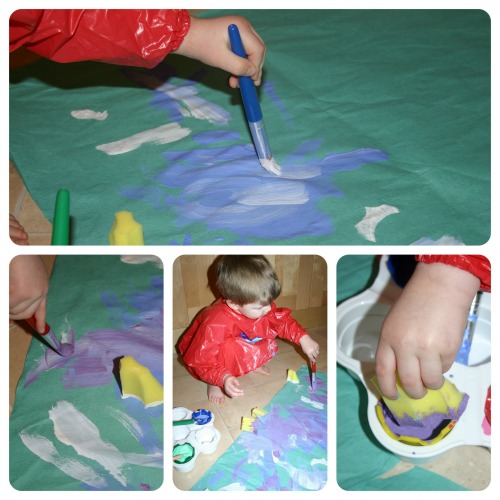
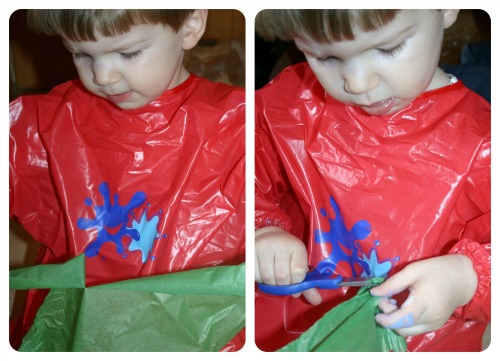
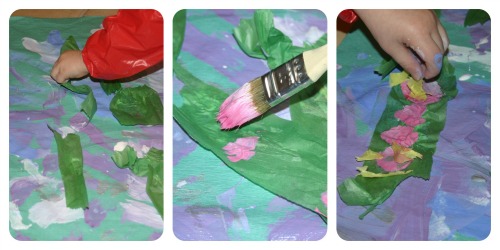
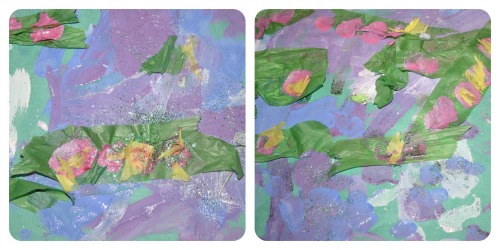 And then, because Monet didn't have it but we both know he'd have used it if he could have, we sprinkled on glitter to make the water sparkle!
And then, because Monet didn't have it but we both know he'd have used it if he could have, we sprinkled on glitter to make the water sparkle!